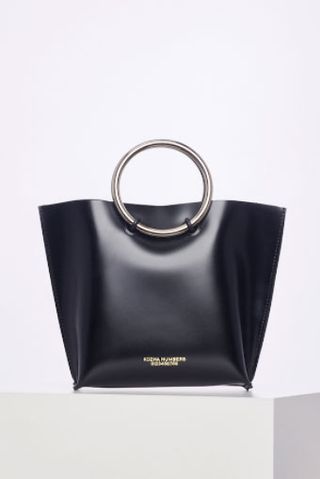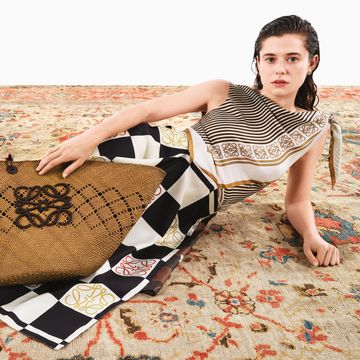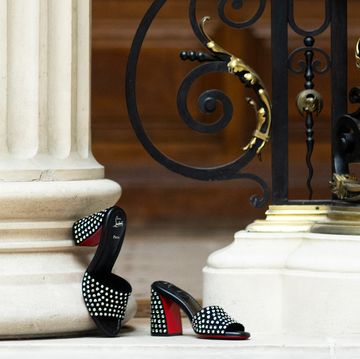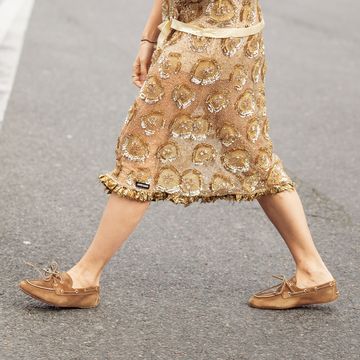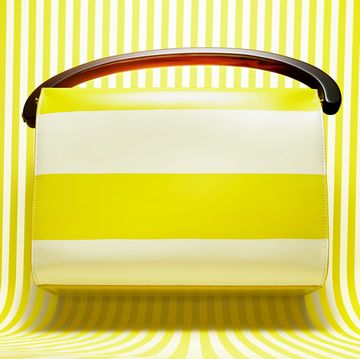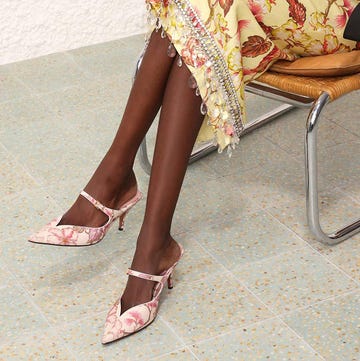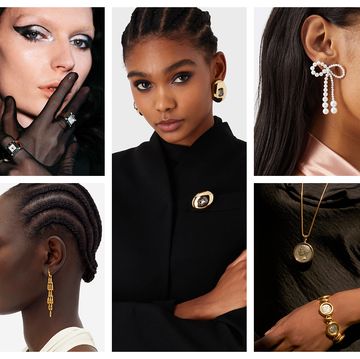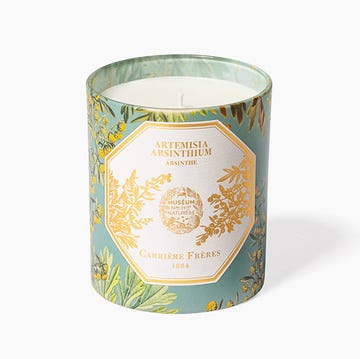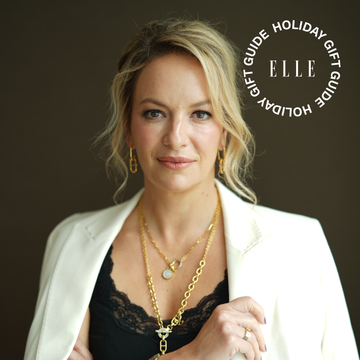Fashion editors love espousing the virtues investment pieces, but there's a loophole that deserves mentioning: Price and quality don't have a direct relationship. You get what you pay for, yes, but that doesn't mean you have to pay through the nose for pieces that will last.
Take the model from jewelry giant Pandora, a company that has retained relatively affordable prices, especially considering that each and every treasure made by hand with materials like 14k gold, sterling silver, cultured pearls, and Murano glass. A big part of their secret equation? A new facility in Lanphun, a lush outpost in northern Thailand—Pandora production has been based there since 1989—that keeps the majority of manufacturing under one roof, allowing the company to make use of skilled local artisans.
Clockwise from top L: Pandora Bracelet, $50, pandora.net; Pandora Earrings, $65, pandora.net; Pandora Enamel Ring, $85, pandora.net; Pandora Earrings, $65, pandora.net
"The facility is setting new standards in the jewelry industry in terms of scale and speed. It combines highly effective lean-oriented production principles with high-quality craftsmanship," Minna Philipson, SVP and CMO of the Pandora Group, told ELLE. "Every piece of Pandora jewelry passes through skilled craftspeople hands' as it's transformed from raw material–14k gold, sterling silver, stones, cultured pearls, Murano glass and enamel–to a finished piece. It's part of our DNA, and we're proud of it."
From the company's founding in the '80s, Pandora's aim has been to create jewelry that a woman can buy for herself to celebrate accomplishments and major moments: the quality needs to allow for near-constant wear, yet prices can't be paycheck-ruining. "Pandora's mission has been to celebrate women by offering them the opportunity for personal expression through high-quality, contemporary jewelry at affordable prices," Philipson said. The brand's new facility is not only incredibly green (LEED-certified and consuming 45 percent less water than conventional jewelry-making centers, FYI), it also organizes production in a way that allows prices to not sky rocket. "We own the whole process. We control all the steps from design and raw material procurement to production and distribution. We know where our jewelry comes from and how it is made and can ensure that every piece is designed, crafted, and distributed according to our high quality and ethical standards."
Pandora's not the only brand looking out for its shoppers' wallets either. Everlane found success selling directly to consumers, displaying prices alongside the "traditional retail" MSRP; a particular selection is available for shoppers to offer a price. Warby Parker revolutionized the eyewear game when it debuted in 2010 (no more trips to the eye store needed); a whole slew of copy-cat brands touting themselves as "the Warby Parker of fill-in-the-blank" have followed to varying degrees of success and notoriety. Lingerie has benefited too, with brands like Third Love and True & Co. making bras at a designer quality, but mall-store prices.
Handbags are an exciting categories to see the phenomenon take place since, traditionally, it's a moneymaking area where markups are high. A new favorite of ours? Kozha Numbers, handmade in Oregon in small quantities and sold through its own site and a few small, independent boutiques, allowing for prices substantially lower than what you'd expect from a major designer. Note to the wise, though: The bags also sell out quickly, so if you love it, buy it.
So, the big takeaway? Weaning yourself off fast fashion that falls apart (or out of style) within the span of three months doesn't need to necessitate looting your 401k. We'll leave you with the wise words of True Cost documentary director Andrew Morgan: "We just need to take a step back from our incessant consumption of mediocre stuff. Let's go back to a place where we invest in pieces that we love, that we're going to wear and hold on to."


